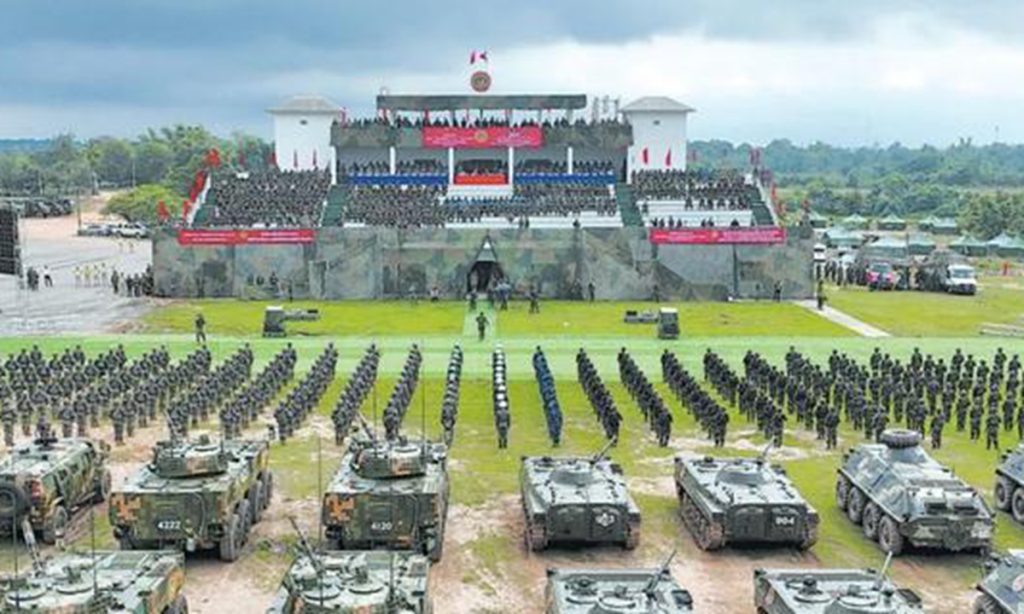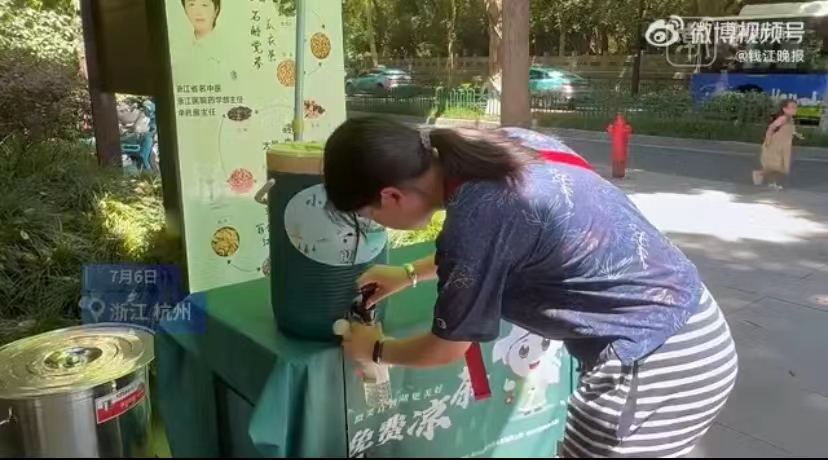PLA shares drone, anti-drone techs in China-Laos joint drill

Chinese People's Liberation Army (PLA) troops participating in an ongoing bilateral exercise in Laos shared drone and anti-drone technologies with their Lao counterparts, a move experts said on Tuesday further displays the PLA's efforts to integrate unmanned equipment and related tactics into combat.
The China-Laos Friendship Shield-2024 joint drill had a live-fire shooting session on Monday local time under the hot sun at Kommadam Academy in Laos, the PLA Southern Theater Command said in a press release on Tuesday.
During the adaptive training phase of the exercise, the joint drill is organizing live-fire shooting of light machine guns, heavy machine guns, sniper rifles, grenade launchers, vehicle mounted mortars, pistols and assault rifles, according to the press release.
Photos attached to the Chinese press release show that the Lao soldiers got their hands on Chinese weapons, including the PLA's new QBZ-191 assault rifle, with the Chinese soldiers giving instructions on shooting techniques so they could master the Chinese equipment.
The PLA troops also shared their equipment and tactical approaches in anti-drone tasks.
A Lao soldier test-fired a Chinese anti-drone gun at an in-flight multi-rotor drone. The gun, which uses a pistol grip but has three large barrels, fired a net that captured the drone, according to a report by the PLA Daily on Monday.
The PLA Daily report also showed that the Chinese side introduced an anti-mine robot to the exercise. The unmanned equipment, about the size of an adult, runs on caterpillar tracks and has a long arm to dispose of mines.
This is not the first time the PLA has brought unmanned equipment to a joint exercise with another country, as its robot dog attracted media attention during the Golden Dragon-2024 joint exercise in Cambodia.
Against the background of fast development in unmanned technologies and their wide application in real combat in recent conflicts elsewhere in the world, China is ramping up exploration and application of drones and robots, as well as their counters, a Chinese military expert who requested anonymity told the Global Times on Tuesday.
Bringing those gadgets to joint drills abroad shows that the PLA is actively testing their capabilities in unfamiliar environments and circumstances, while also introducing them to friendly militaries in a move to deepen friendship, widen exchanges and enhance pragmatic cooperation, the expert said.
Under the theme of a joint defensive operation, the China-Laos Friendship Shield-2024 joint exercise is being held from July 5 to 18 in Laos, the PLA Daily reported. More than 1,200 troops, including over 300 from the Chinese side, are participating in the drill.
In addition to light arms, robots and drones, the PLA also sent Z-20 utility helicopters, Type-08 wheeled infantry fighting vehicles and Mengshi off-road tactical vehicles via air, railway and road transport, according to the PLA Daily.

